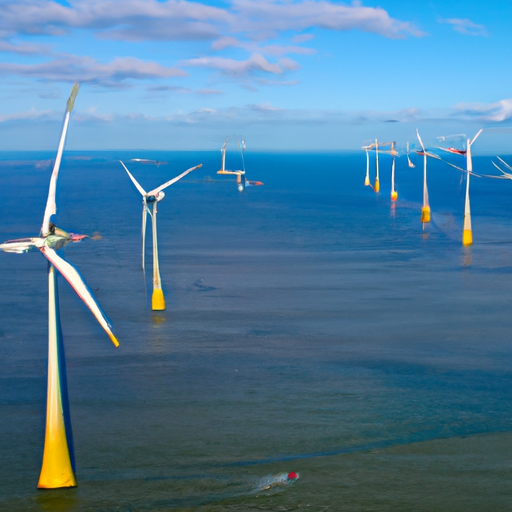In preparations for the anticipated boom of offshore wind farms across the archipelago, the Philippine Department of Energy (DOE), in collaboration with the Asian Development Bank (ADB), plans to redevelop nine ports nationwide. These harbours will serve as integration facilities, acting as operation centres, storage spaces, and the construction sites for critical platforms for offshore wind (OSW) development.
Investing in the Future of Renewable Energy
With the grant provided by the ADB, the DOE and ADB are assessing the potential redevelopment of these ports, with the funding primarily managed by the port owners. This initiative is part of the doe’s proactive effort to implement President Ferdinand Marcos’s Executive Order No. 21, as revealed by Energy Assistant Secretary Mylene Capongcol during an energy forum event.
The Potential of Offshore Wind Energy in the Philippines
According to the World Bank offshore wind report, the Philippines exhibits an impressive offshore wind resource potential of 178 GW, with a majority of 160 GW being suitable for floating foundation and 18 GW fit for fixed ones. Regions in the Northern Luzon and near Mindoro Islands are most suited for floating foundations. While other areas in the archipelago could accommodate floating turbines, they face the challenge of relatively low wind speeds. The south coast of Mindoro presents the most potential with a technical capacity of 53 GW.
Fueling OSW Development through Strategic Port Infrastructure
The nine seaports represent the first step in the redevelopment of over 32 ports within the Philippines’ 77 offshore wind sites, involving both public and government-operated ‘base’ ports. in addition to the Energy Supply Base Port of the Philippine National Oil Company (PNOC) and a possible expansion of the Batangas City Port, all of which are located close to the capital city.
The Need for Mass-Scale Infrastructure
Given the imposing sizes and heaviness of OSW projects, the modification, or construction of new ports is necessary. Take offshore wind turbine blades for instance; some of these are even longer than a football field, standing over 100 meters in length, as seen with the blades of the GE Haliade-X and the Vestas V236 offshore wind turbines. These upscaling efforts are aimed at boosting power outputs and reducing the cost of offshore wind energy.
Understanding the Complexities of Offshore Wind Construction
Working in offshore environments presents extraordinary challenges, coupling the transportation and installation processes with heavy components, careful planning, intricate design, and advanced engineering. Despite the hurdles, the DOE’s commitment to initiate the study phase for port redevelopment signals a promising era for the offshore wind industry in the Philippines.
National Impacts of Offshore Wind Embrace
These efforts to enhance renewable energy have larger national implications. The redevelopment will stimulate the local economies, with the potential to create up to 10,000 jobs and reap a significant 21 gigawatts (GW) of offshore wind energy by 2040. Moreover, the contributions to renewable sources will also help the country reduce its fossil fuel dependency and adhere to climate change mandates, marking significant strides towards a more sustainable tomorrow.

























